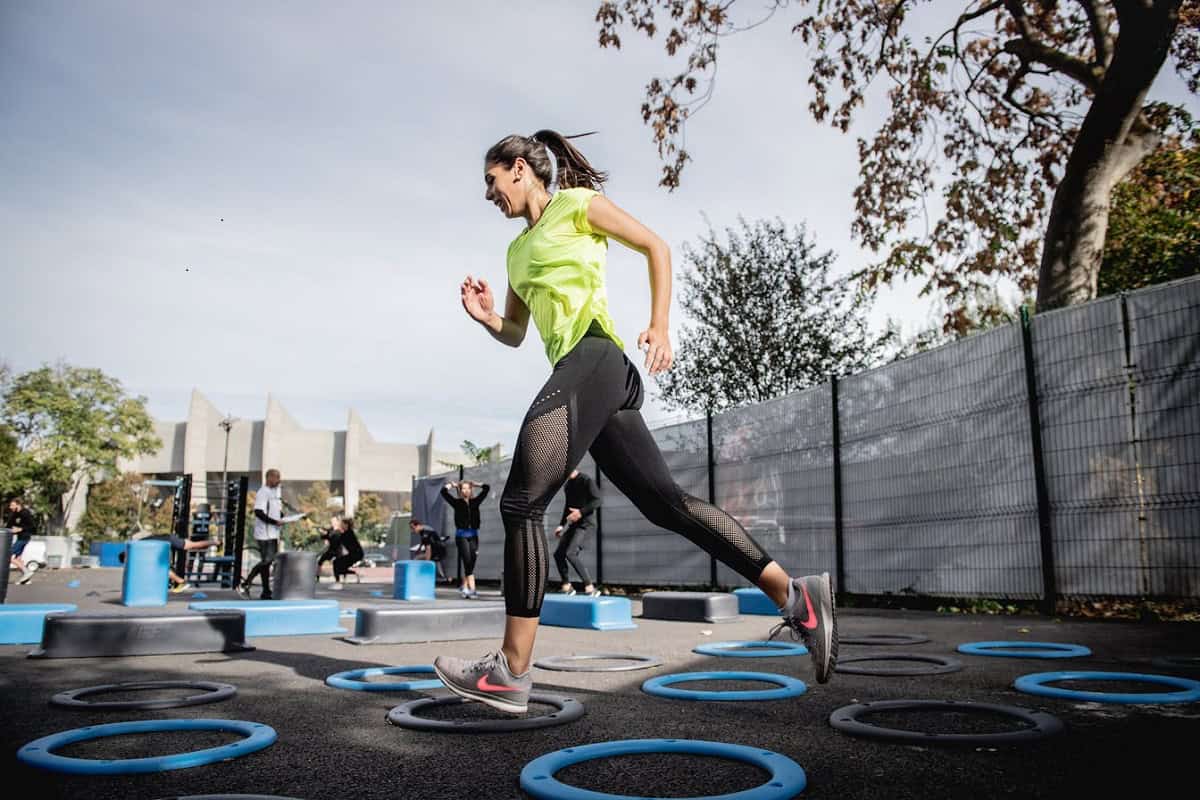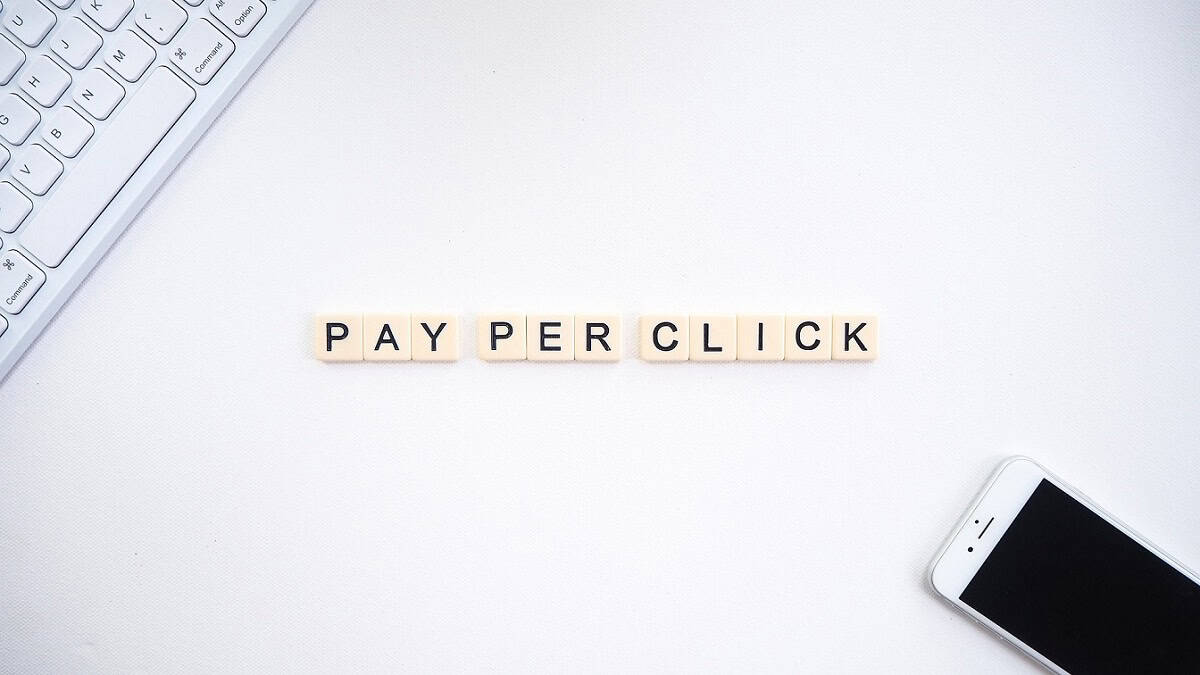Guide to Physical Fitness: Feel Strong, Energized, and Alive

Why Physical Fitness Isn’t Just a Buzzword
Physical fitness isn’t about chasing beach bodies or logging endless gym hours; it’s about having the energy, strength, and flexibility to tackle real life without feeling wiped out. Remember the last time you sprinted for a bus or lugged groceries up three flights of stairs and thought, “I wish I felt a bit stronger”? That twinge in your calves or that extra puff of breath isn’t just inconvenient—it’s your body telling you it wants a tune‑up.
My Own Fitness Wake‑Up Call
A few years ago, I realised that my usual evening “relaxation” of binge‑watching TV with a bowl of popcorn was turning me into a couch potato. One day, I struggled to carry my nephew’s car seat up the porch steps. That moment—pink-faced, winded, and elbows aching—was my wake‑up call. I promised myself: “No more excuses.” And honestly, it was the best decision I ever made.
The Five Pillars of Everyday Fitness
-
Stamina (Cardio Endurance)
Think of your heart and lungs as the engine of your car. Good stamina means you can handle a brisk walk, a family hike, or chasing the dog around the yard without feeling like you’re about to collapse. -
Strength
From opening stubborn jars to lifting moving boxes, strength is the unsung hero of daily tasks. You don’t need to bench press your body weight—just enough muscle to make life easier. -
Muscular Endurance
This is the “keep going” factor. It’s the difference between lifting a suitcase once and then having to set it down, versus carrying it to the car. -
Flexibility and Mobility
Ever tried to reach for something on the top shelf and felt like a rusty hinge? Gentle stretching keeps you limber and lowers your risk of tweaks and strains. -
Body Composition
Rather than focusing on the scale, look at the ratio of muscle to fat. More lean mass means you burn calories even while watching Netflix.
Small Steps, Big Gains
You don’t need to overhaul your life overnight. Here’s how I kicked off my journey—and how you can, too:
-
Week 1: Move Daily
I committed to a 15‑minute walk every evening. It was manageable, didn’t require fancy gear, and slowly became a habit. -
Week 2: Add Two Strength Moves
Push‑ups against the kitchen counter and bodyweight squats before brushing my teeth—easy to sneak in, and my legs, surprisingly, felt stronger. -
Week 3: Stretch for Flexibility
Ten minutes of gentle yoga at sunrise—nothing extreme, just enough to open my hips and ease that nagging lower‑back tightness.
Before long, those small routines stitched themselves into my day. I wasn’t married to an app or a personal trainer—just a handful of simple moves that left me feeling more capable and confident.
Fueling Your Body—No Diet Drama
Here’s the honest truth: diets come and go, but sustainable eating habits stick. Instead of cutting out everything fun, focus on adding:
-
Colourful Veggies: A handful of spinach in your morning omelette or a side salad at lunch.
-
Lean Proteins: Beans, chicken, fish, or tofu to rebuild muscles after you move.
-
Whole Grains: Swap white rice for brown rice or quinoa for a steadier energy release.
-
Healthy Fats: A sprinkle of nuts on your yoghurt or a slice of avocado on toast.
And yes, treat yourself sometimes. A slice of cake at a birthday party won’t derail months of progress—it might just remind you that life’s too short not to enjoy.
Sneaky Ways to Add Activity
If “working out” feels like a chore, think of movement as sneaky lifestyle tweaks:
-
Take the Stairs: Every flight adds up.
-
Park Further Away: A few extra steps in the parking lot can replace a quick gym session.
-
Break Up Sitting Time: Set a timer every hour to stand, stretch, or march in place for a couple of minutes.
-
Play with Kids or Pets: Tag, fetch, or a makeshift obstacle course in the living room.
These little bursts help your body adapt without stressing your schedule.
Bouncing Back from Setbacks
Life happens—illness, busy seasons at work, or a sore knee can throw off your groove. Here’s how I handled mine when bronchitis had me sidelined for a week:
-
Scale Back, Don’t Stop: Gentle walks instead of jogs, light stretching instead of deep lunges.
-
Focus on Nutrition: Stock up on immune‑boosting foods—citrus fruits, broth‑based soups, and plenty of water.
-
Regain Slowly: Once cleared by my doctor, I resumed with 50% of my previous workload and built back up.
Treat setbacks as temporary rest stops, not roadblocks.
The Mind‑Body Connection
Exercise isn’t just about muscles and stamina; it’s a proven mood lifter. Personally, after a tough day at the keyboard, I lace up my sneakers for a brisk jog around the block. By the end, I’m sharper, calmer, and ready to tackle the next task. Moving regularly can:
-
Slash Stress: Physical activity lowers cortisol, the body’s stress hormone.
-
Sharpen Focus: A quick workout before starting a project can help you dive in with fresh mental energy.
-
Improve Sleep: People who exercise often fall asleep faster and sleep more deeply. Use in: “Why Physical Fitness Matters Today”
Keeping It Social—and Fun
Accountability skyrockets when you have workout buddies. A friend and I started a weekly “walk‑and‑talk” coffee catch‑up—no pressure, just company and conversation. Other ideas:
-
Join a Recreational League: Soccer, volleyball, or ultimate frisbee—anything that gets you moving in a group.
-
Sign Up for a Class: Dance, boxing, or even indoor rock climbing can spark new interests.
-
Try a Challenge: A local 5K or charity hike gives you a deadline and sense of purpose.
When fitness feels like play, you’re far more likely to stick with it.
Tracking Progress—Beyond the Scale
Scales can lie. Instead of fixating on pounds, look for wins like:
-
Clothing Fit: Those jeans that used to pinch now slide on more easily.
-
Performance Gains: Running a block without stopping when you couldn’t do it before.
-
Energy Spikes: Waking up naturally before your alarm or powering through an afternoon slump.
Celebrate these non‑scale victories—they matter more than a number on a dial.
Physical Fitness at Every Age
-
Teens and 20s: Build habits early—team sports, dance, martial arts. Focus on learning correct form and enjoying movement.
-
30s to 50s: Juggling career and family? Short, intense workouts like HIIT or circuit training fit better into busy days.
-
60+: Low‑impact activities—walking groups, water aerobics, or tai chi—keep joints happy while maintaining strength and balance.
No matter your age, consistency trumps intensity. Use in: “Staying Fit at Any Age“
Wrapping It All Up
Physical fitness isn’t an endpoint—it’s an ongoing process. There will be plateaus, detours, and even fall‑offs now and then. The key is to get back on track, celebrate the small wins, and keep your goals realistic. Your body is your lifelong companion; treat it with kindness, challenge it thoughtfully, and it will reward you with strength, resilience, and joy.
Remember: the best workout is the one you actually do. Start small, stay consistent, and enjoy the journey.
Source: Kwaku Nimako









